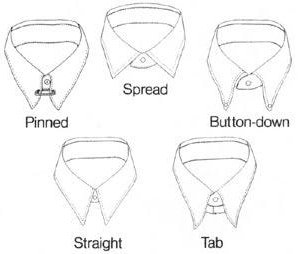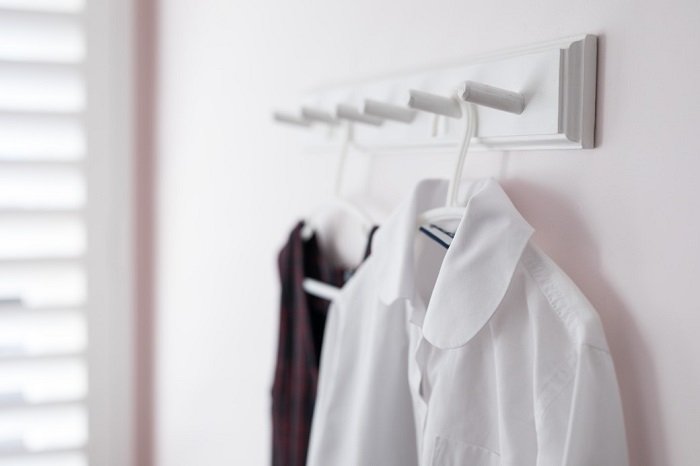Collars don’t just bring variety to the shirt. Matters get a little complex because they are an extension of the person’s face. So, ask yourself two questions when choosing a collared shirt.
- Is the dress code formal or semi-formal?
- What is your face and neck shape?
Typically, collars are present in the Tailored, Softly Tailored and Casual Tailored Levels of our Style Scale, but as you move down with each level you can do away with the collar still maintaining the formal or casual look intended.
Now to the types of collars. There are the famous Turn-Down Collars, the Winged Collars and the Mandarin Collars. We will largely deal with Turn Down Collars in this post since they are the most commonly used in formal to semi-formal settings, touching briefly upon the other two.

1. Collar Points – The tips of the collar.
2. Collar Point Length – The distance from the Collar Points to where they meet the Collar Band.
3. Collar Band – the piece of fabric that wraps around the neck.
4. Collar Height – The height of a folded collar as it fits on the neck.
5. Tie Space – The distance between the top of the folded collar parts when the shirt is buttoned.
6. Spread – The distance between Collar Points.
Tailored – Formal Level
The basic rule of the Tailored Level of the Style Scale is straight lines and angular shapes. Turn down collars follow this rule hence are suitable for formal dressing. These Collars are standard and there are seen and named so because of their turned back nature. There is plenty of variety of them to choose from.
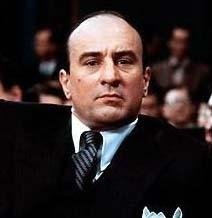
Straight Point Collars:
These are the classic turn down collars and are formal in appearance. Straight Point Collars directly fall under the Tailored Level of the Style Scale.
The spread between the collar tips and the length from collar tip to collar band can vary depending on the face and neck shape. Generally, the spread is about 2.5 to 3 inches.
For men with round or wide faces and wide, short necks, the length from the collar tip to collar band increases whereas the spread between the two collar tips narrows, giving the collar a lean look. On the other hand, for narrow, angular faces and long, thin necks, the length is shorter whereas the collar tip spread widens, giving them a broader look.
Know your face shape and the look of your neck before trying & buying shirts with a few collar variations.
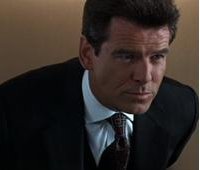
Spread Collars:
Spread Collars have greater distance between the tips of the collar varying anywhere from 3 to 6 inches. The collar length is shorter too, giving them a greater spread. Because of this distance, these collars require a larger tie knot. There isn’t a standard measure for the collar length or tip distance, and hence they need to be bought keeping your face and neck shape in mind. But the basic rule is that they are ideal for men with long, thin facial features and long, narrow necks. If you have a round face and still would like to wear this, always were it with a tie.
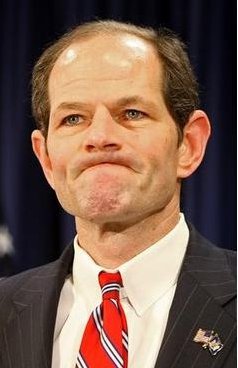
Tab Collars:
A tab that runs behind the tie knot is the reason for its name. The tab is used to keep the collar tips in place. It presses the tie knot outward, making the tie more prominent and takes attention away from thin, long necks. Always wear a tie when you wear a tab collar, if not, the tab will show.
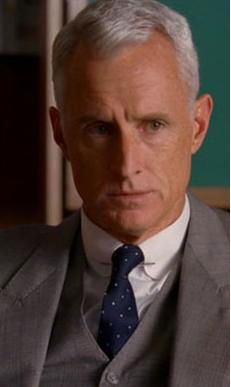
Pin Collars:
A tie pin that runs through the small holes on each side brings the two collar sides together. Remember, the tie pin runs behind the tie knot. It is used for the same reason as a tab collar to make the tie knot more prominent and take attention away from long faces and necks. It has another use though, the pin provides a personal touch and adds variety. Similar to tab collars, pin collars must always have a tie.
Softly Tailored & Casual Tailored Levels – Semi-Formal to Casual
At the semi-formal end of the spectrum, the Style Scale relaxes the rule to bring in curved lines and rounded shapes.
Button Down Point Collars
: Seen on semi-formal to casual shirts, they have small button holes at the corner tips to keep the tips down. Always fasten the buttons. They can be worn with or without a tie. A variation is when you have button down collars with the buttons invisible. In such cases, while the button is present on the shirt, a loop on the underside of the collar binds it. Even though the buttons are invisible, this shirt remains semi-formal.
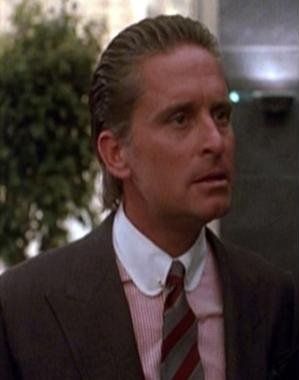
Round Collars:
The collar tips are rounded, giving these collars the semi-formal touch. Wear it with caution. It isn’t the most common of styles and you need to be able to carry it off.
WINGED COLLARS
Winged Collars are the tuxedo collars and not for daily wear. They are meant for black tie or formal social events. The collar is not turn down. It stands up, but is definitely longer than a mandarin collar. The tips of the collars stand out like wings. It requires a bow tie with the collar points tucked behind the tie.
MANDARIN COLLAR
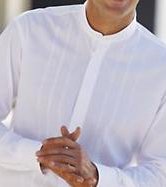
Also called the Nehru Collar or Chinese Collar, it is a short, stand-up collar that is not folded. It was made famous by Jawaharlal Nehru. Traditionally Chinese have worn these collars. The collar tips can be rounded or straight.
So when do you wear it? When you are a making a fashion statement or when you go for a minimalist look. Today, shirts with Mandarin Collars can be worn with business suits as our Style Scale indicates, but thread this area with caution.
Collar Rules
- Round or Wide faces – Long collars with small spread between collar tips
- Narrow and Long faces – Short collars with wide spread between collar tips
- Formal Collars – Straight lines, No Button-downs
Semi-Formal Collars – Curved lines, Button-downs if you choose.
